
CRT Glass Landfill Disposal Likely to Continue
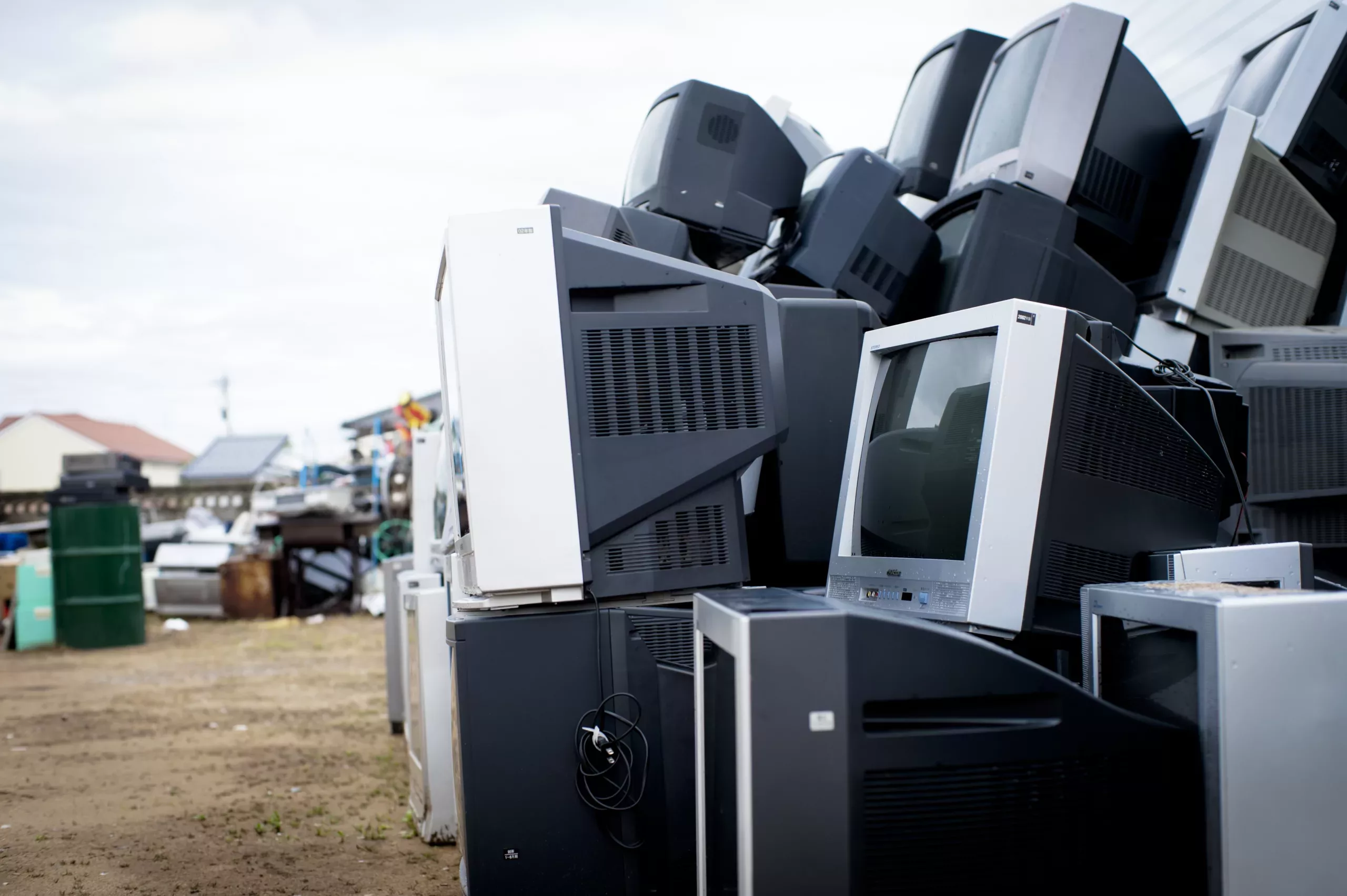
Written by: Joe Mangiardi, NES, Inc.
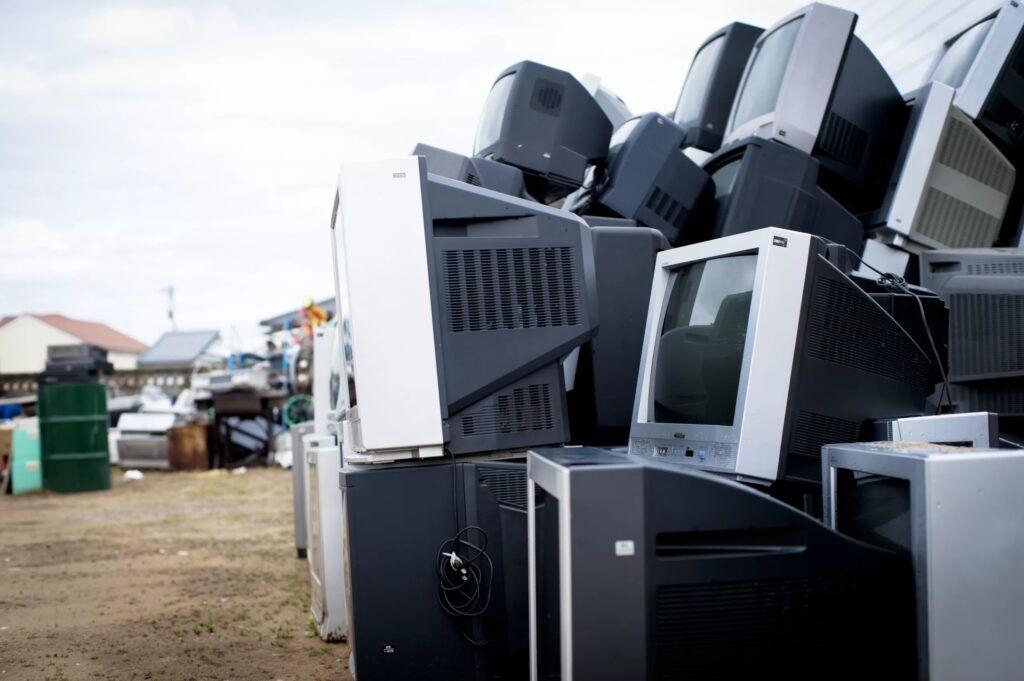 CRT glass landfill disposal is the new preferred option in California
CRT glass landfill disposal is the new preferred option in California
CRT Glass Landfill Disposal on the Rise in California
NES reported in the September 2016 article CRT Glass Disposition Emergency Regulations Extended that a recent Department of Toxic Substances Control (DTSC) final rule extension has allowed for continued cathode ray tube (CRT) glass landfill disposal. This twice-extended emergency regulation came to be due to the combination of high CRT glass recycling costs and virtually zero demand for new electronics containing CRT glass. CRT glass can contain several pounds of lead, which is a toxic substance responsible for a host of severe and enduring health issues. Lead from this CRT glass can leach into the earth at landfills and eventually make its way into water sources.
As such, CRT glass landfill disposal is clearly not the preferred option from an environmental standpoint, but it is a concession the DTSC has so far deemed necessary. To attempt to limit environmental damage and human health risks, the final rule does require that lead-containing electronic waste be disposed of at a hazardous waste landfill, while non lead-containing electronic waste may be disposed of at a municipal solid waste landfill.
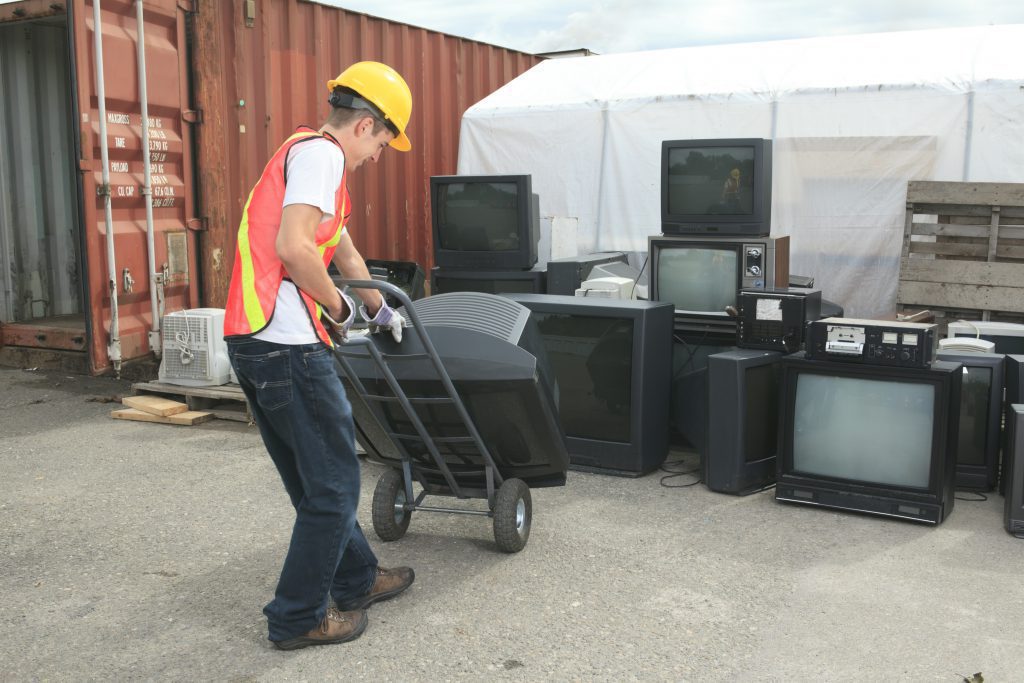 Recycling worker moving large CRT televisions
Recycling worker moving large CRT televisions
CRT Glass Landfill Disposal: More Than a Last-Ditch Option
When it comes to CRT glass-containing electronic waste, prohibitive costs have led recycling companies to opt for landfill disposal over recycling to a significant degree. Relevant numbers are presented in an E-Scrap News article entitled No-Landfill Pledges Collide with CRT Realities in California, in which it is reported that in 2016 approximately 60 million pounds of the 77 million pounds of CRT glass processed by state program participants went straight to landfills. Recycling outlets took in a mere 9.5 million pounds for glass-to-glass processing or smelting; most of the rest disappeared to various intermediate facilities that have no reporting requirements.
U.S. landfill disposal may not be the most environmentally undesirable outcome for CRT glass. A recent two-year investigation by Basel Action Network (BAN), an American non-governmental organization, discovered that a shocking amount of electronic waste, much of it containing CRT glass, is illegally shipped overseas. The electronic waste often winds up in mainland China, with a huge portion of it being accumulated in Hong Kong. The TIME article You’ll Never Believe Where Your Old Computer Could End Up After You Hand It In for Recycling states that as much as 20% of all U.S. electronic waste may ultimately be sent to Hong Kong. BAN estimates that 43 shipping containers filled with electronic waste could be illegally shipped from the U.S. every day.
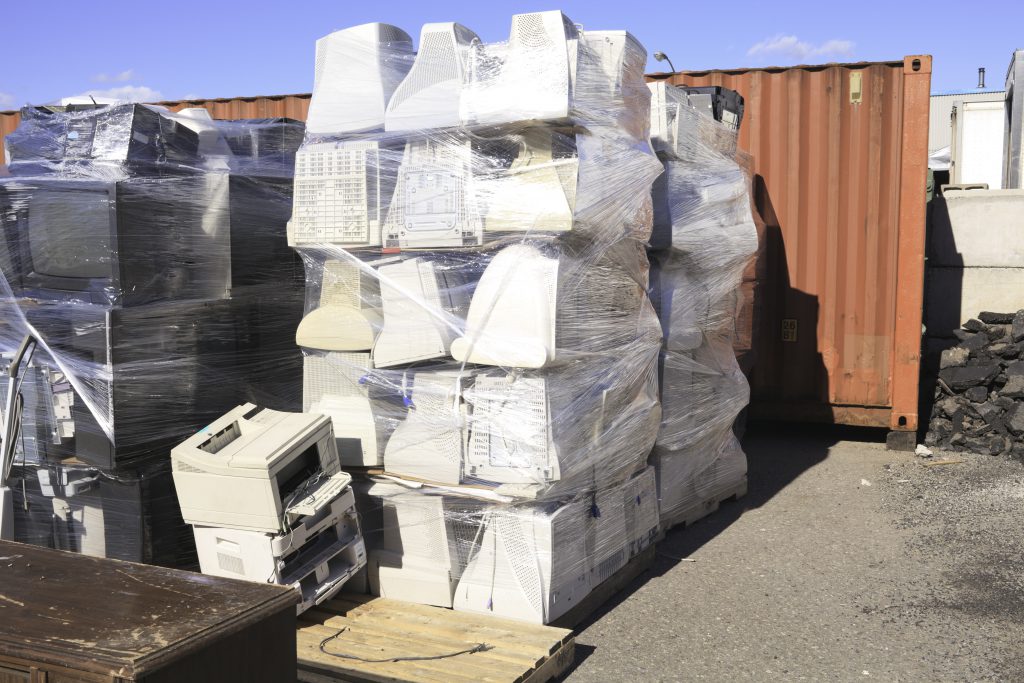 CRT glass-containing devices, packaged at a recycling facility, destined for…?
CRT glass-containing devices, packaged at a recycling facility, destined for…?
In 2016 TIME personnel attempted to visit known waste sites (many identified by GPS tracking units placed by BAN in discarded devices in the U.S.), but access was denied. It is not entirely known how—or if—the waste is processed, but there have been reports of laborers at similar sites extracting valuable metals from devices in environments where soil samples were found to be saturated with toxic metals.
The bottom line in this is recycling companies’ bottom lines: it simply costs too much to recycle electronic waste properly to hope to avoid this illicit activity.
Recycling Pays – But is it Enough?
Given that the vast majority of all electronic waste in recent decades has contained CRT glass, California legislators have been well aware that something had to be done to help the recycling process. In 2003 California governor (at the time) Gray Davis signed into law the Electronic Waste Recycling Act, which authorized point of sale fees to be collected during purchases of covered electronic devices (CED). These funds are kept in an account from which payments are made to approved collectors and recyclers of covered electronic waste (CEW) as a subsidy for the cost of recovery and recycling processes when those items reach their end-of-life point. The California Department of Resources Recycling and Recovery (CalRecycle) manages this account as well as the collection of the point of sale fees for CEW purchases.
Depending on screen size, the fees imposed were originally set to be $3, $4, or $5; as of January 1st of 2017, these fees are now set at $5, $6, and $7, respectively (see the March 2017 CalRecycle publication describing this program and its fees here). Some have noted that the collection of any fees at all is now without justifiable basis, as the recycling operations the program was intended to fund are undergoing a steep decline; in actuality, the funds collected are applied to various stages of the management of end-of-life electronic waste in an effort to establish free recycling options for consumers in California, replace illegal dumping with compliant management and disposition, and decrease the amount of hazardous materials in CEDs.
Effective July 1, 2016, the combined recovery and recycling payment rate for recycled CRT glass is $0.49 per pound (the recovery payment by itself is $0.19 per pound). However, with the market for CRT glass reduced to a practically nonexistent level, recyclers are no longer able to sell any such recycled product to manufacturers. Consequently, a $0.49-per-pound subsidy appears not to be enough to render CRT glass recovery and recycling a viable option for most outlets.
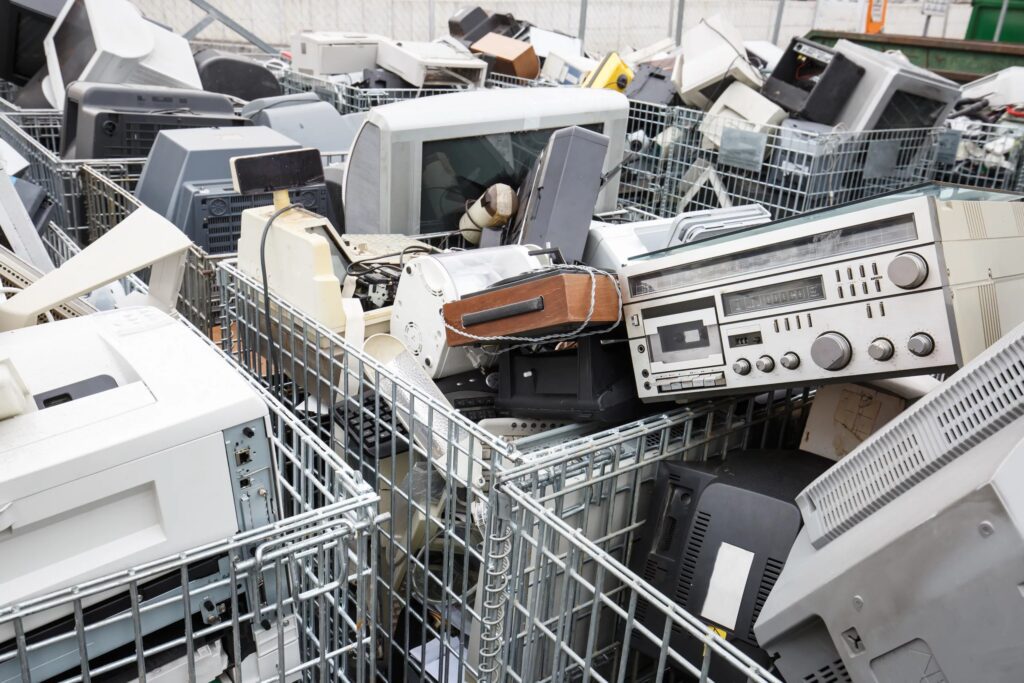 Carts of electronic waste
Carts of electronic waste
Huge Quantity of CRTs Means No End in Sight
A Merced Sun-Star article entitled A Dumpster Dive into State’s Dodgy CRT Recycling Fee reports that a 2014 Consumer Electronics Association study of 1,023 U.S. adults found that about 46 percent of U.S. households still had at least one CRT device. This equates to about 7 billion pounds of disposal-bound CRT glass-containing electronic waste. Today that number is likely still many billions of pounds. As such, there is clearly no near end in sight for the proliferation of CRT glass in need of proper management.
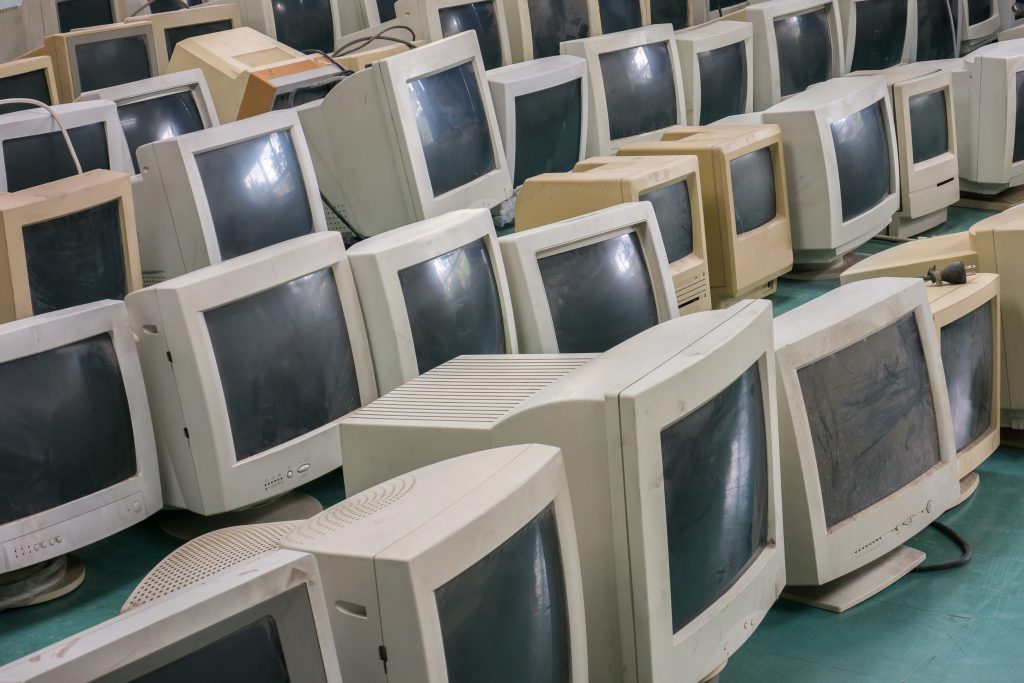 Used CRT computer monitors in need of disposal
Used CRT computer monitors in need of disposal
The Search for Solutions
With the severity of the CRT glass landfill problem, one hopes that there would be a solution or proposed solutions on the horizon. Unfortunately, this is not the case. The type of incentive to develop a cost-effective means to process the material would require legislators and private industry stakeholders to work in a concerted effort to secure the necessary funds. Beyond this, there is always the possibly that a well-funded environmental organization might take on the problem.
One suggestion is to at least keep all CRT glass in one enclosed and properly contained section of the landfill or recycling facility in which it is accumulating. This would allow for a mitigation of the adverse environmental effects that the leaching of toxic metals can cause. The containment would also serve to control and account for a maximum amount of the hazardous CRT glass.
As CalRecycle states in its March 2017 update regarding the future of electronic waste management in California, “Open conversation will take months, perhaps years, but it’s time to begin looking ahead.”
Conclusion
The combination of the relentless influx of CRT glass-containing electronic waste into recycling facilities’ custody, the absence of any cost-effective means to process this particular waste, and the marked decline of manufacturers interested in purchasing the processed product has ensured that CRT glass landfill disposal is likely to continue well into the foreseeable future.
References:
E-Scrap News Article: No-Landfill Pledges Collide with CRT Realities in California
BAN Study: Scam Recycling: e-Dumping on Asia by US Recyclers
Time.com Article: You’ll Never Believe Where Your Old Computer Could End Up After You Hand It In for Recycling
Merced Sun-Star Article: A Dumpster Dive into State’s Dodgy CRT Recycling Fee
CalRecycle Release: Update on California’s Covered Electronic Waste Recycling Program Implementation of the Electronic Waste Recycling Act of 2003
CalRecycle Info Page for Electronic Waste Recycling Act of 2003
Consumer Electronics Association 2014 Study
